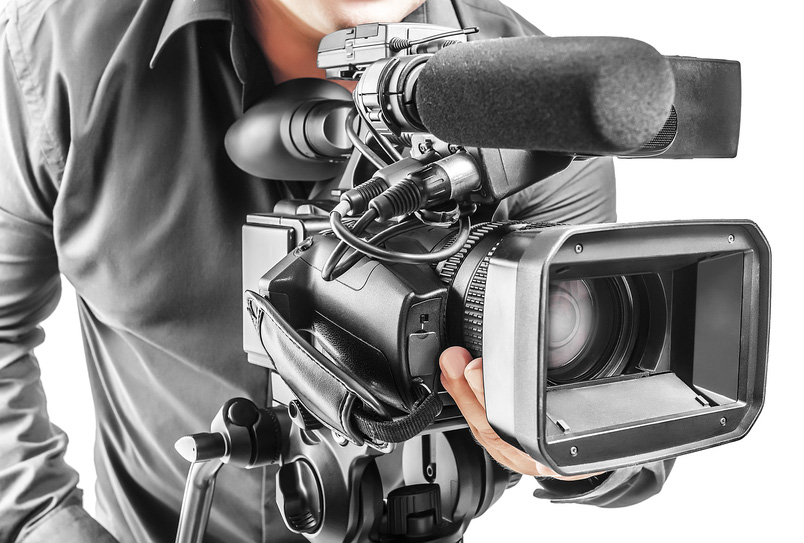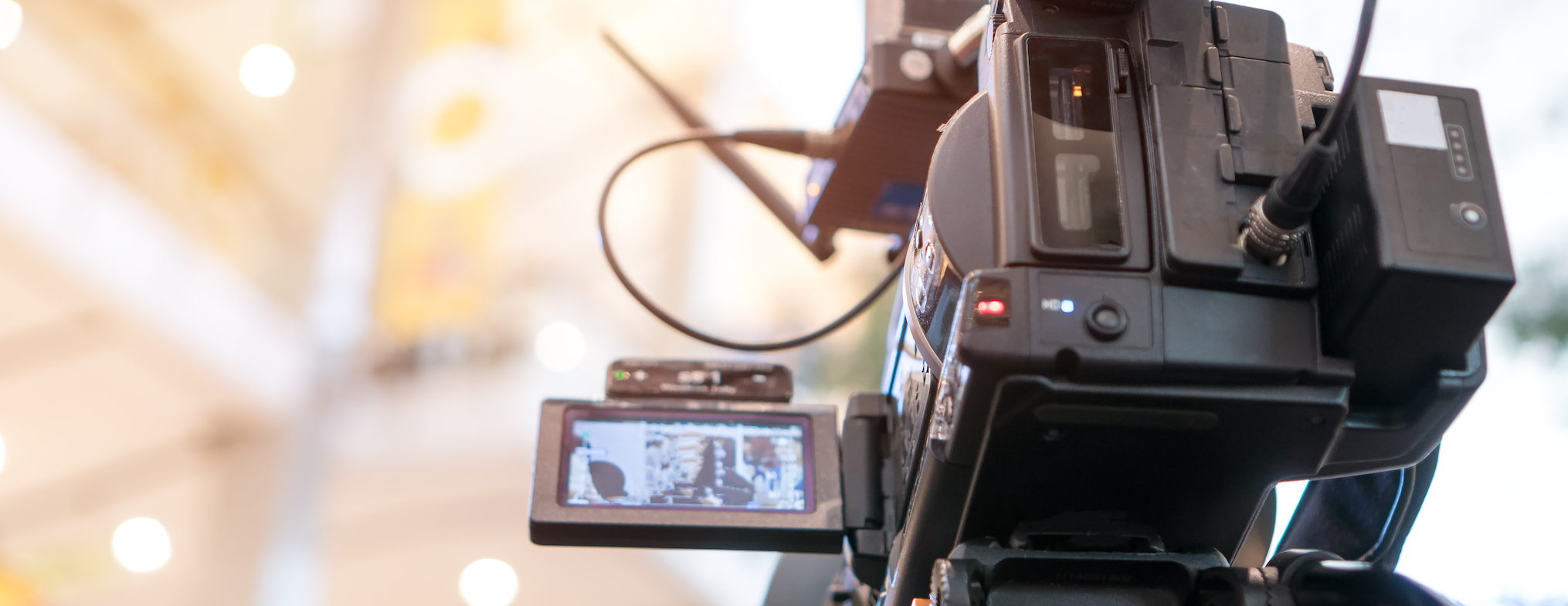Comprehending the Impact of Legal Videography on Case Outcomes
Comprehending the Impact of Legal Videography on Case Outcomes
Blog Article
Looking Into the Systems of Legal Videography: Unveiling Its Operation in Safeguarding Authentic Aesthetic Testament for Judicial Process
In the world of judicial procedures, the duty of legal videography stands as a keystone in protecting and offering visual evidence. As technology continues to development, the devices behind lawful videography have come to be progressively detailed, providing an essential layer of credibility to testimonies caught on video.
Historical Development of Lawful Videography
Analyzing the historic development of legal videography exposes a substantial change in the recording and discussion of visual evidence within the lawful landscape. In the past, lawful proceedings greatly counted on composed records and photos to record occasions and offer evidence. With the development of video clip modern technology, the lawful industry observed a standard shift in how visual testimony was captured and presented.
The development of legal videography can be traced back to the late 20th century when improvements in video clip recording devices made it a lot more obtainable for usage in court rooms. This technical innovation not just improved the precision and dependability of visual evidence but additionally revolutionized the way instances existed to discretionary (Legal Videography). Attorneys started to identify the convincing power of video recordings in conveying emotions, subtleties, and non-verbal signs that created records or photos alone might not record properly

Technology Developments in Video Documentation
What crucial technological advancements have transformed video documents in the lawful area? The legal area has seen considerable developments in video clip documents modern technology that have enhanced the authenticity and integrity of visual proof in judicial process.
Additionally, advancements in video security and watermarking technologies have actually bolstered the protection and tamper-proof nature of video evidence, securing it versus unauthorized modifications or meddling. Furthermore, the development of cloud storage space solutions and remote gain access to capacities has structured the storage, retrieval, and sharing of video clip proof, facilitating seamless partnership amongst lawful professionals and guaranteeing reliable accessibility to crucial visual statements when needed. These technological improvements in video clip paperwork have definitely changed the lawful area, boosting the precision, reputation, and admissibility of aesthetic proof in judicial procedures.
Function of Legal Videographers in Courtroom Settings
The evolution of video clip paperwork innovation in the legal area has actually necessitated a vital function for legal videographers in courtroom setups, making sure the stability and reliability of aesthetic statements presented throughout judicial proceedings. Lawful videographers play an essential role in recording and protecting accurate aesthetic evidence that can be crucial in court situations. Their responsibility reaches setting up tools, tape-recording proceedings, and creating top quality video clips that precisely reflect the occasions in the courtroom.
In court settings, lawful videographers need to follow strict guidelines and requirements to preserve the authenticity of the visual document. They need to have a keen eye for information and a complete understanding of lawful treatments to make sure that the footage they capture is a true depiction of the events that took place. In addition, legal videographers usually work carefully with lawful groups to guarantee that the video clip proof aligns with the situation's needs and can be effectively provided in court to sustain the lawful arguments being made. In general, the duty of lawful videographers in courtroom settings is vital in promoting this article the principles of justice and guaranteeing the openness of lawful proceedings.

Ensuring Admissibility and Integrity of Video Proof
To keep the credibility of aesthetic proof provided in lawful proceedings, making sure the admissibility and honesty of video evidence is an important responsibility for legal videographers. Admissibility refers to the approval of proof by the court, and for video clip proof to be admissible, it should fulfill particular criteria. Legal videographers play a vital duty in ensuring that the videos they catch adhere to the rules of evidence, such as credibility, relevance, and reliability.
Stability of video evidence involves maintaining the originality and precision of the video from the moment it is videotaped till it exists in court. This consists of safely storing the video files, recording the chain of safekeeping, and avoiding any tampering or changes. Lawful videographers need to follow stringent protocols to guarantee the honesty of the video clip evidence and prevent any kind of obstacles to its credibility.
Future Trends in Legal Videography
Given the increasing dependence on innovation in legal process, lawful videographers are poised to great post to read welcome cutting-edge advancements forming the future of visual statement capture and presentation. One of the prominent fads coming up is the integration of digital truth (VR) and boosted truth (AR) technologies right into legal videography. These technologies have the possible to transform just how visual proof is provided in courtrooms, enabling judges and courts to submerse themselves in the see page scene of the criminal offense or incident.
In addition, making use of fabricated intelligence (AI) formulas for video evaluation is anticipated to improve the procedure of evaluating and assessing big quantities of video footage. AI can help in recognizing essential minutes, anomalies, and patterns within videos, boosting the efficiency of lawful investigations.

Conclusion
Finally, legal videography has played a vital duty in giving authentic visual evidence for judicial procedures. Through technical advancements and the knowledge of lawful videographers, the integrity and admissibility of video proof are ensured in court setups. As legal videography remains to advance, it will be crucial to support requirements that keep the accuracy and dependability of aesthetic testament for the future of legal procedures.
Checking out the historical progression of lawful videography discloses a significant change in the recording and discussion of visual evidence within the lawful landscape.The advancement of video clip documentation innovation in the lawful area has actually demanded an essential function for legal videographers in court setups, making certain the integrity and reliability of visual statements provided during judicial procedures. Furthermore, lawful videographers usually function very closely with lawful groups to make certain that the video clip proof straightens with the instance's needs and can be properly offered in court to sustain the lawful disagreements being made.To preserve the integrity of aesthetic proof provided in legal proceedings, ensuring the admissibility and integrity of video clip proof is an important duty for legal videographers. As legal videography continues to evolve, it will certainly be crucial to support criteria that maintain the accuracy and reliability of visual testament for the future of lawful process.
Report this page